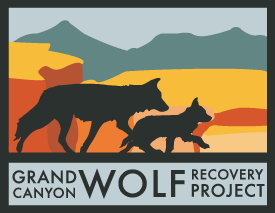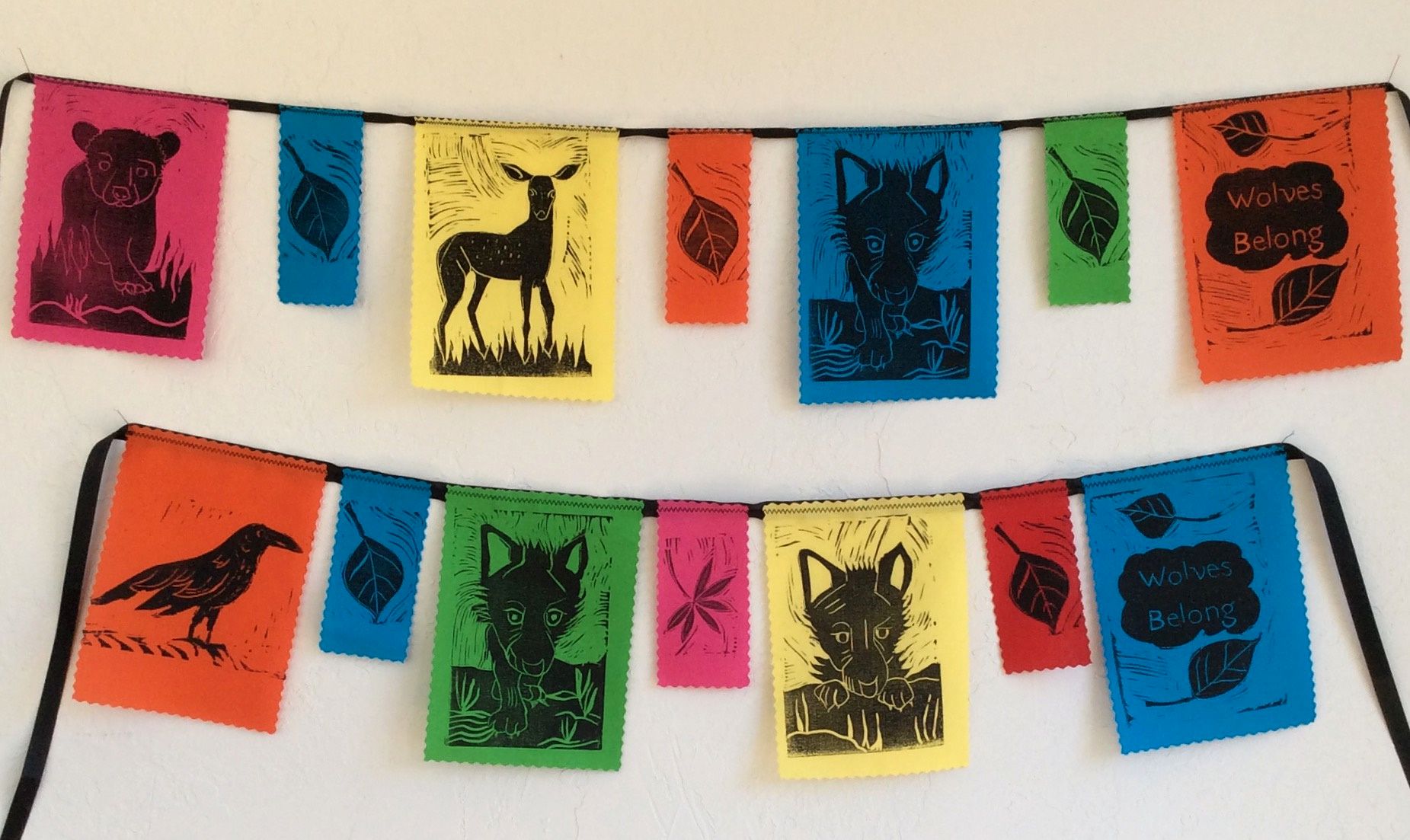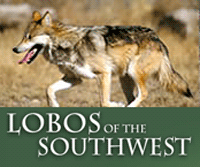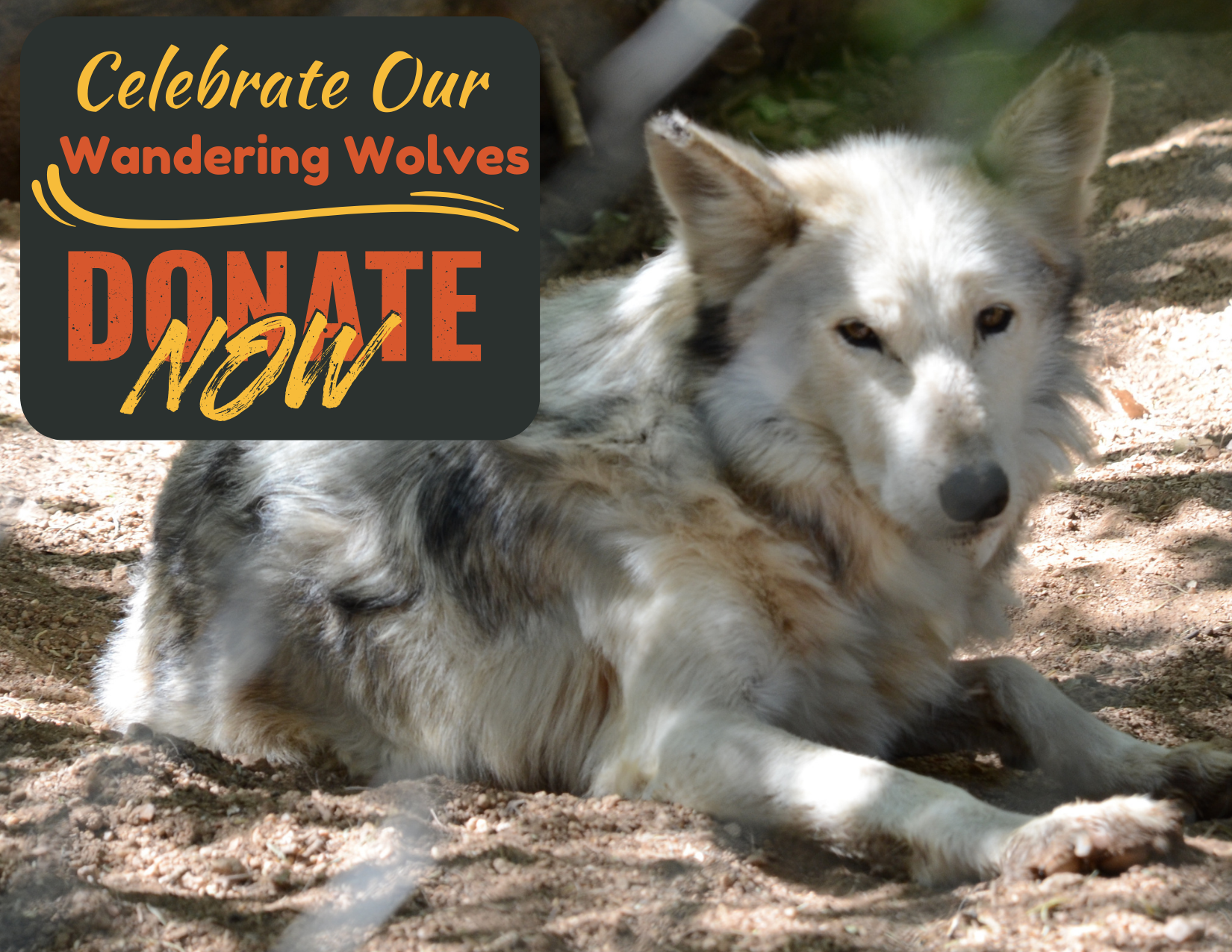Jack Central (original) | February 26, 2009 at 4:00 am
At one point only seven Mexican Grey Wolves remained in existence, according to wildlife journalist William Stolzenburg, author of Where the Wild Things Were: Life, Death and Ecological Wreckage in the Land of Vanishing Predators.
On Feb. 21 at 7:30 p.m. in the W.A. Franke College of Bussiness’ Gardner Auditorium, more than 50 people attended Stolzenburg’s free evening presentation regarding the current vanishing of many predators.
This event concluded a full day of wolf activist gathering and training, both of which were hosted by the Grand Canyon Wolf Recovery Project (GCWRP). The GCWRP is a non-profit organization working with several conservation groups throughout the Southwest in order to realize the recovery of Mexican gray wolves in the Grand Canyon and the surrounding areas.
Stolzenburg focused his lecture on many animals, including the Mexican gray wolf. Although supportive of the GCWRP, his presentation focused more on those wolves located in Yellowstone National Park than those that inhabited the Grand Canyon region.
He opened with the prologue of his book, specific to the grizzly bear, and talked about tracking a specific class of animals, namely the vanishing species.
“It is important exploring questions about these animals,” Stolzenburg said. “But, more important (is) what happens when we don’t.”
Species of whales and sea otters were provided as examples of vanishing species, as they have often faced possible extinction.
“During World War II, the waters of the North Pacific were being raided by ships,” Stolzenburg said. “Over one million whales were taken out and 3.5 billion pounds of whale meat.”
Emily Nelson, the education and outreach coordinator for the non-profit GCWRP, said this event was an excellent outreach opportunity for Flagstaff.
“We want to let northern Arizona realize it is a good area for predators and a good place to protect species,” Nelson said. “It is a benefit for our ecosystem.”
Stolzenburg also discussed cases of over-population that have resulted from diminished predator populations. For example, the White-tailed deer population has reached an all-time high; in certain locations it was said there used to be 10-12 deer per square mile, but there have been recent estimates of up to 400 deer per square mile.
“Deer are destroying many habitats,” Stolzenburg said. “Deer/vehicle collisions take 150 human lives each year; that is more people (than) have died by cougars and grizzlies put together.”
Erika Nowak, a predator biologist, said Stolzenburg is a great scientist and educator.
“I was impressed with the way he was able to narrate as well as the way he wove together science and predator ecology in a conversational way,” Nowak said.
Stolzenburg concluded his lecture by explaining the way he began and ended his book with predator science particular to the grizzly bear.
“There are some who can live without the wild things and then there are some who cannot,” Stolzenburg said. “But we simply cannot (look) away with the innate love for things that remain untamed.”





